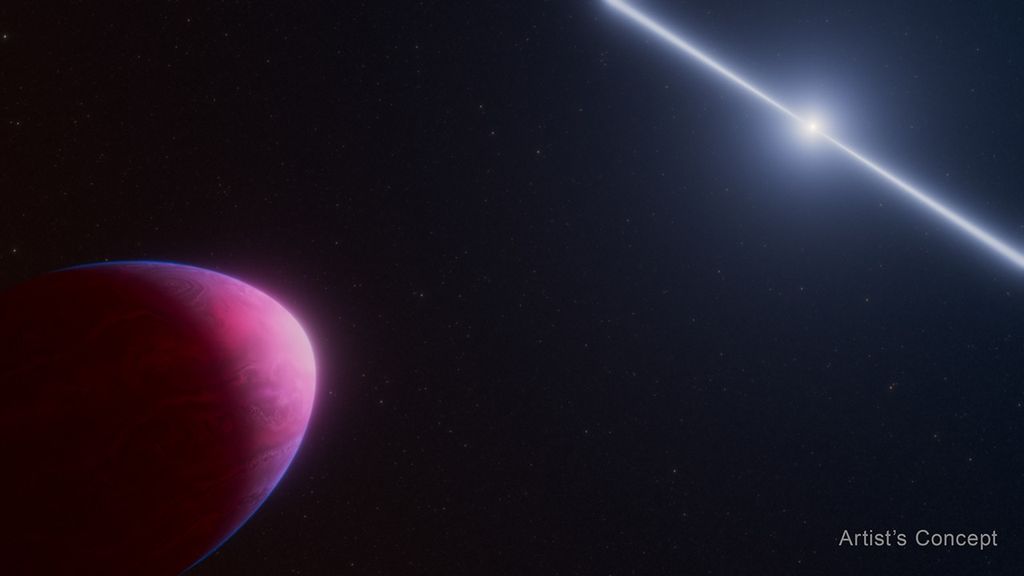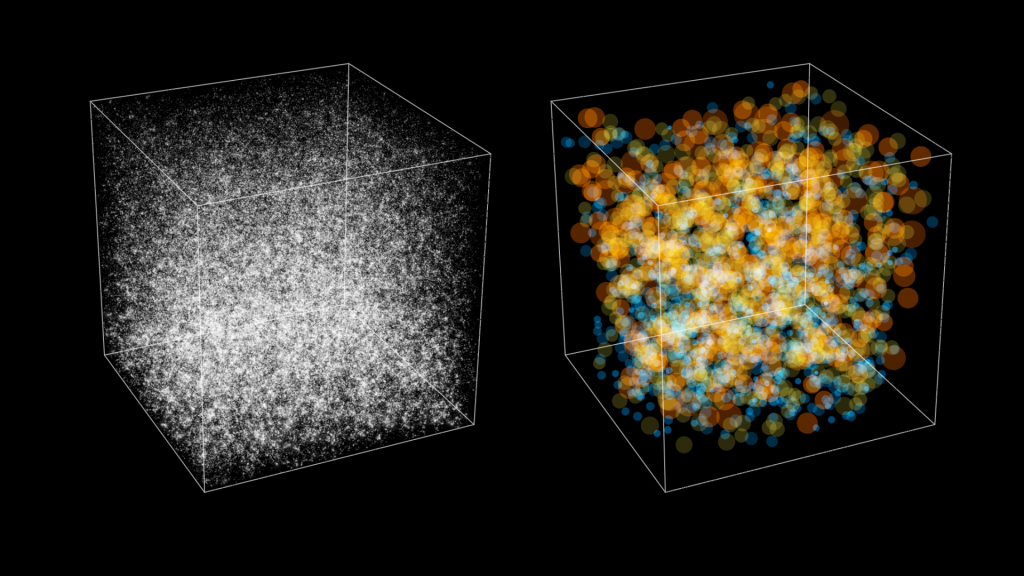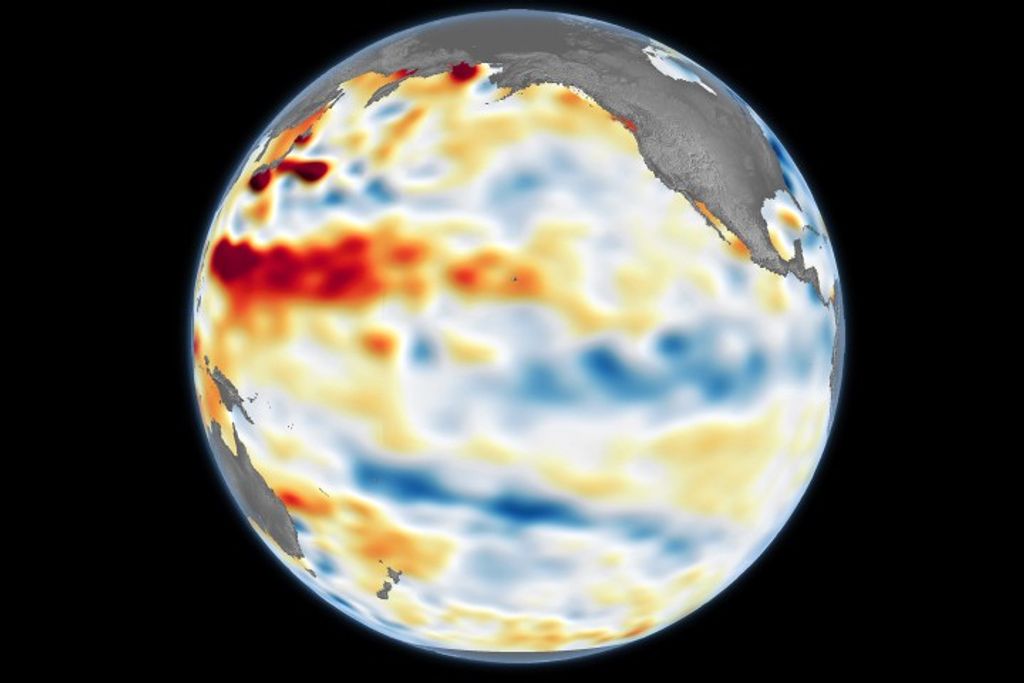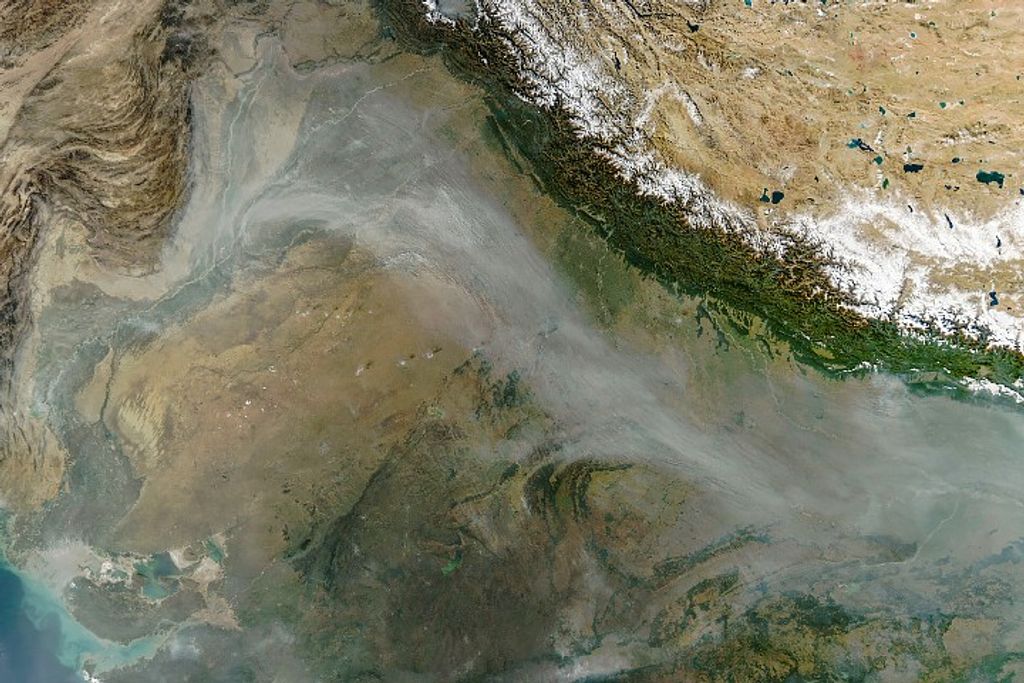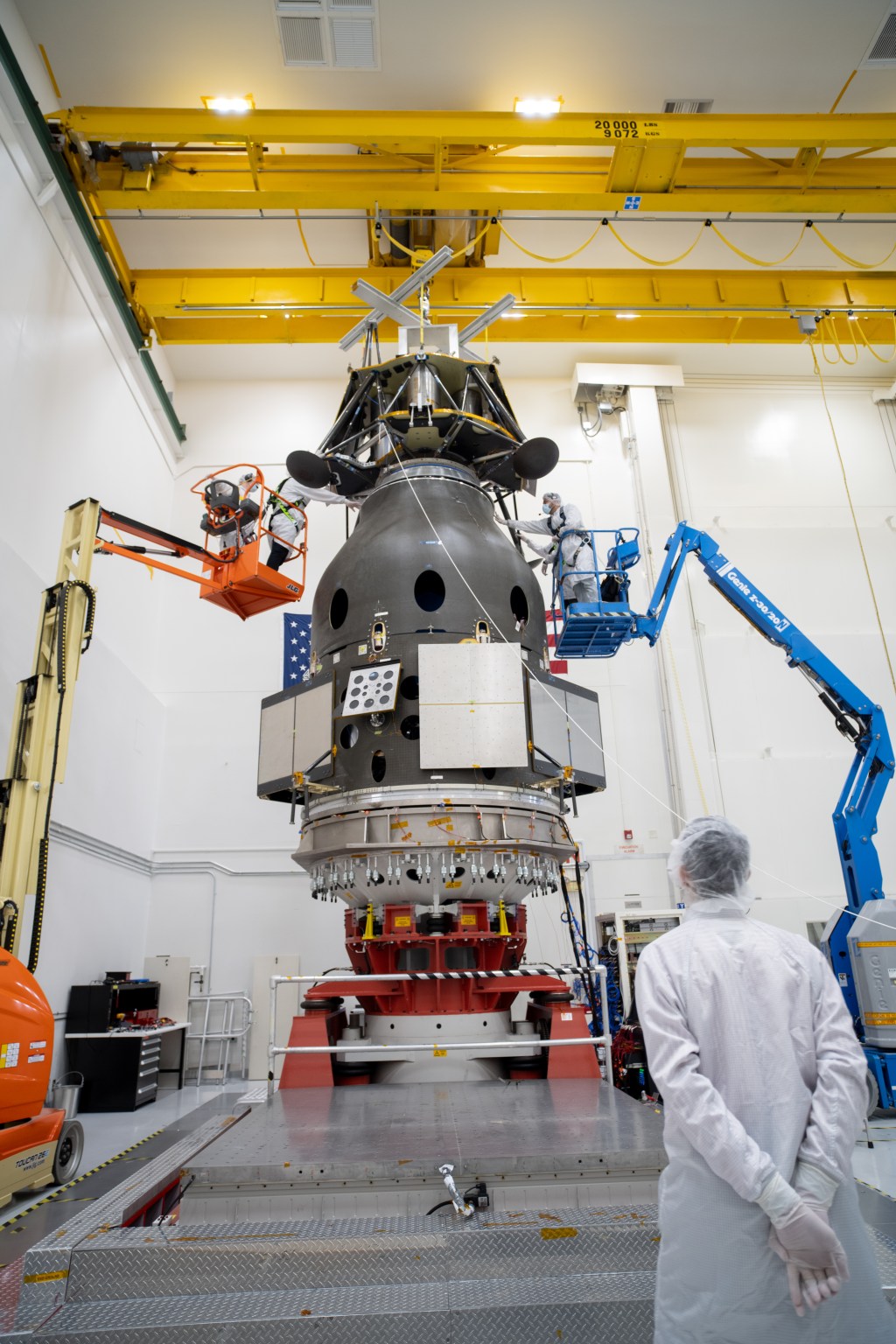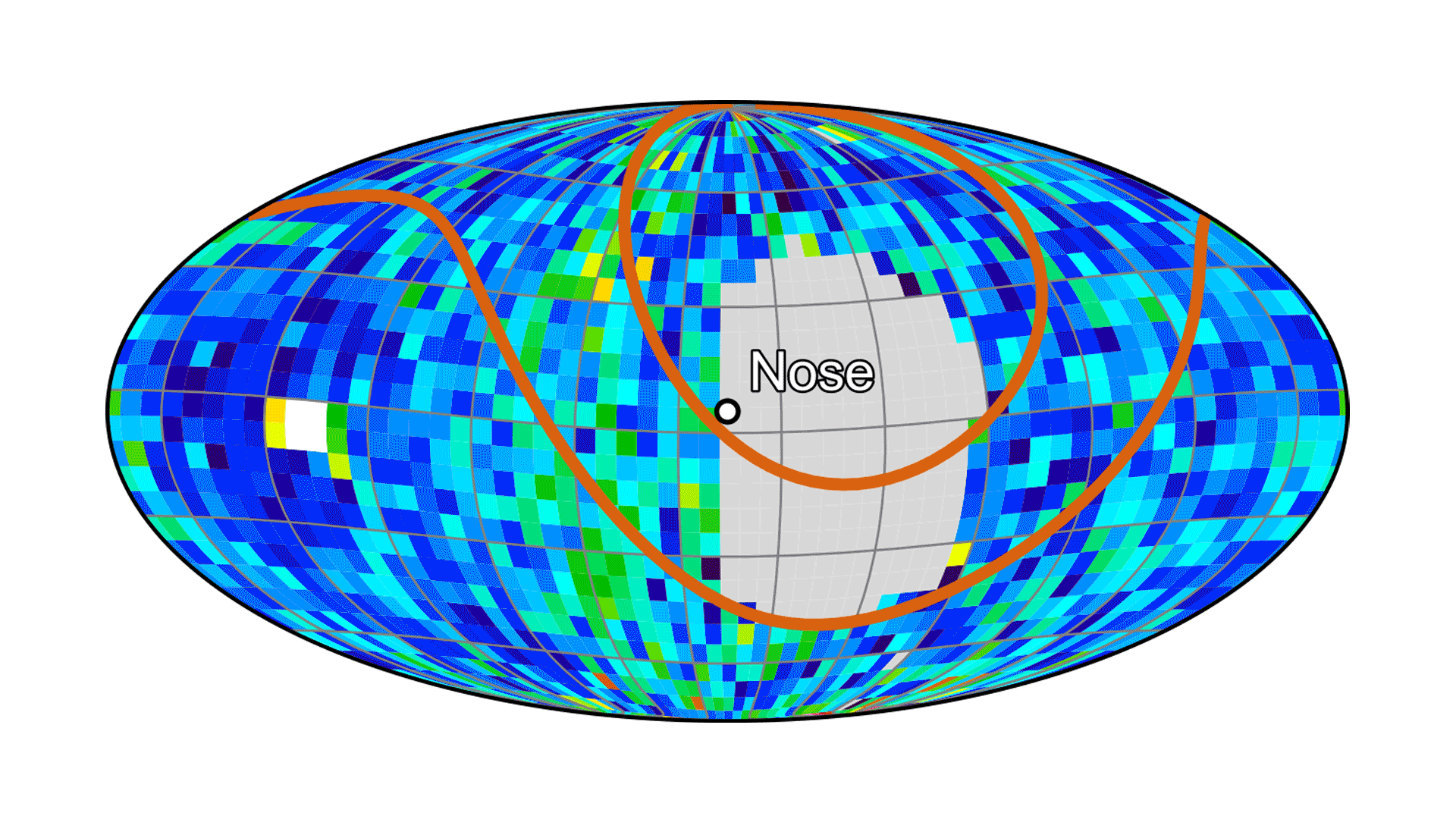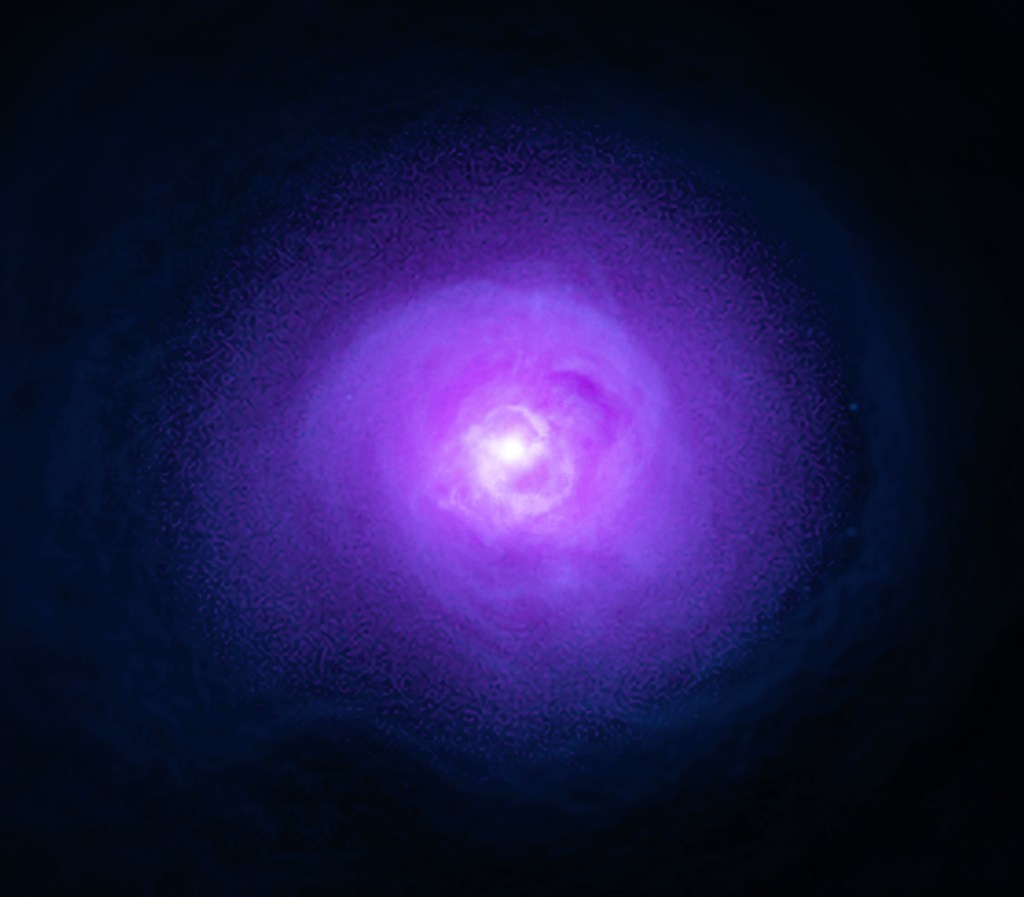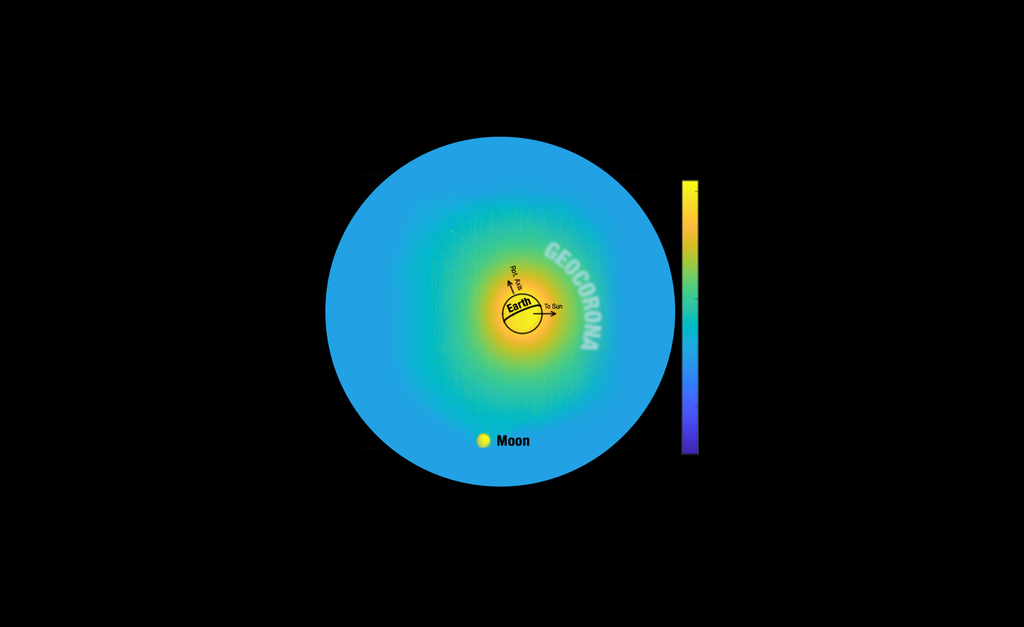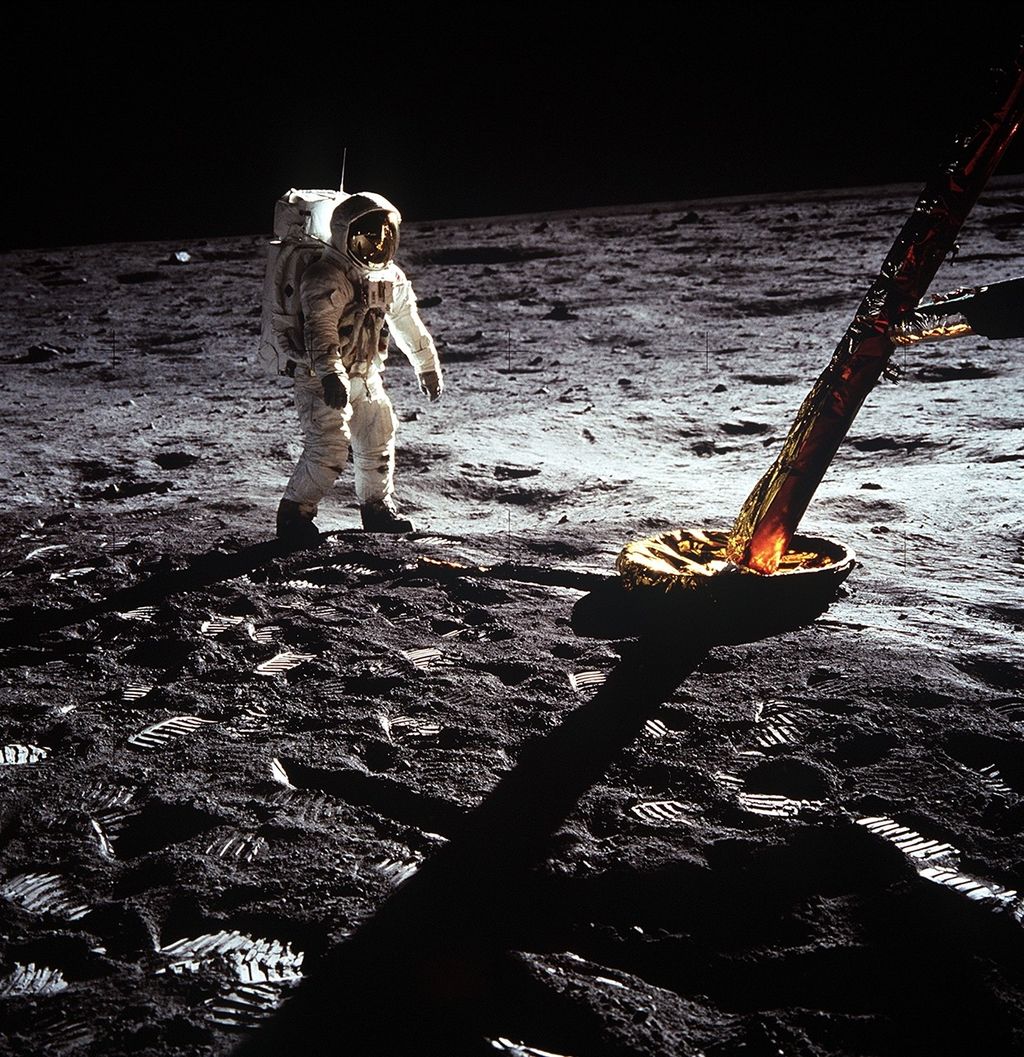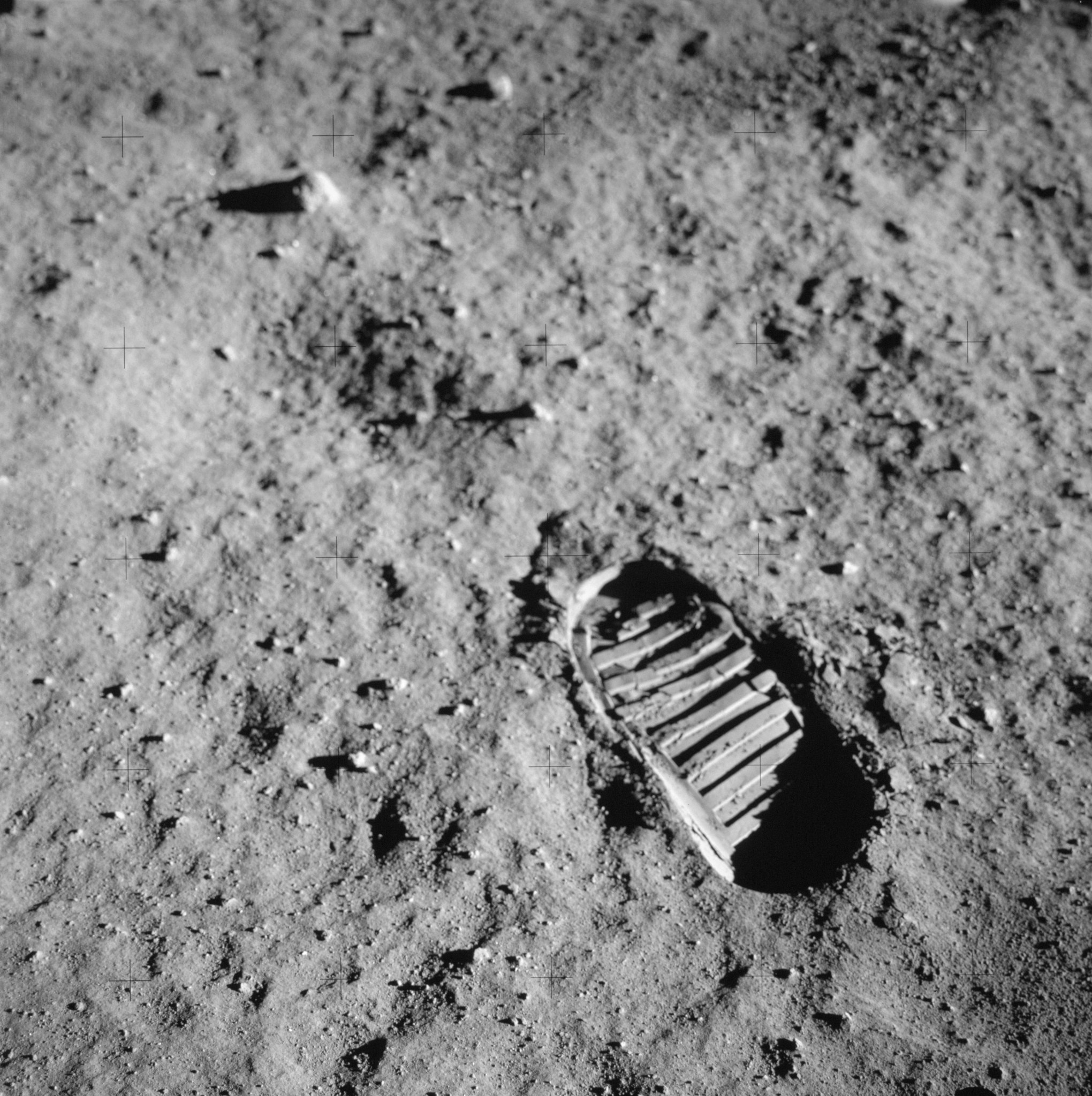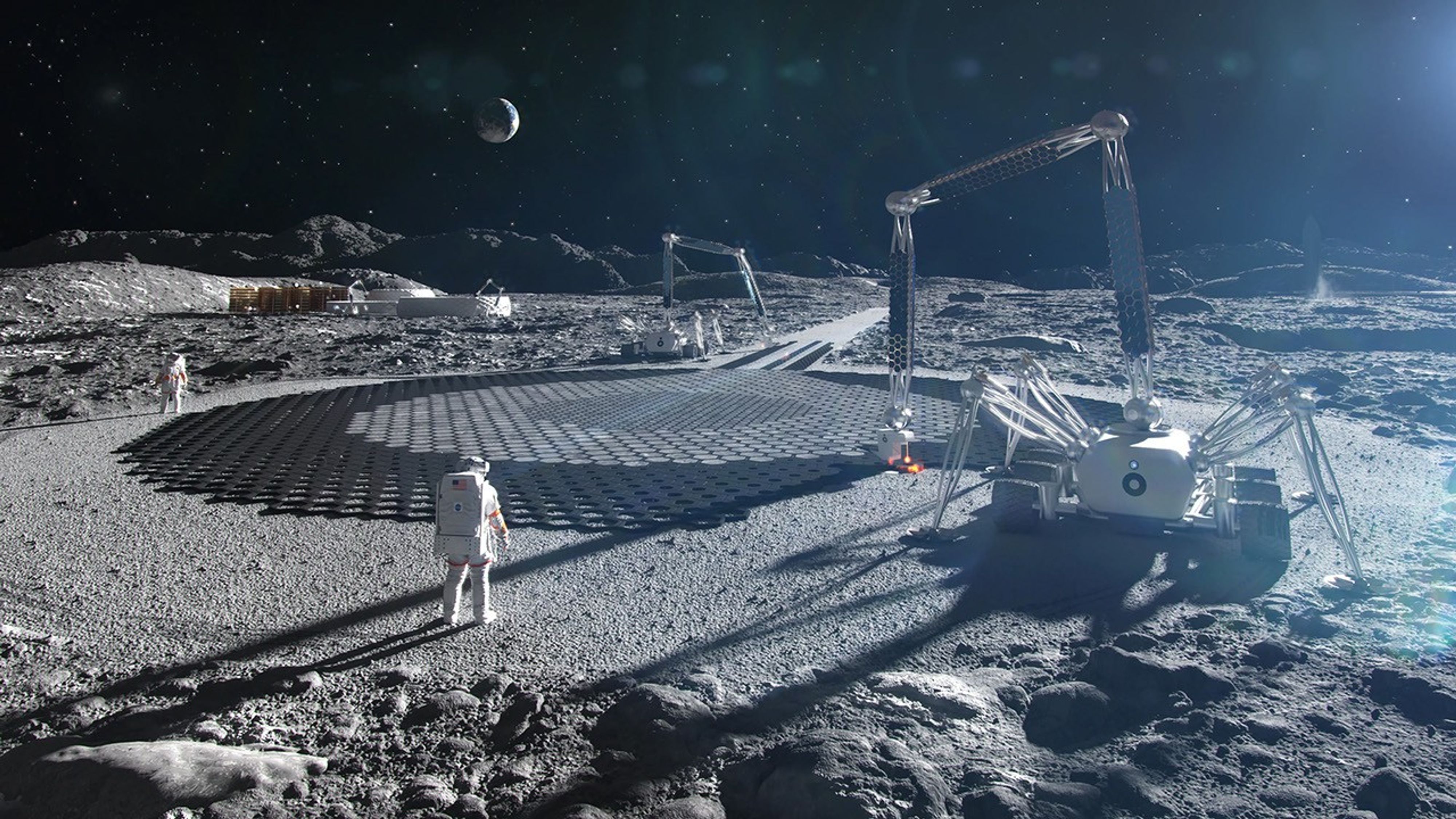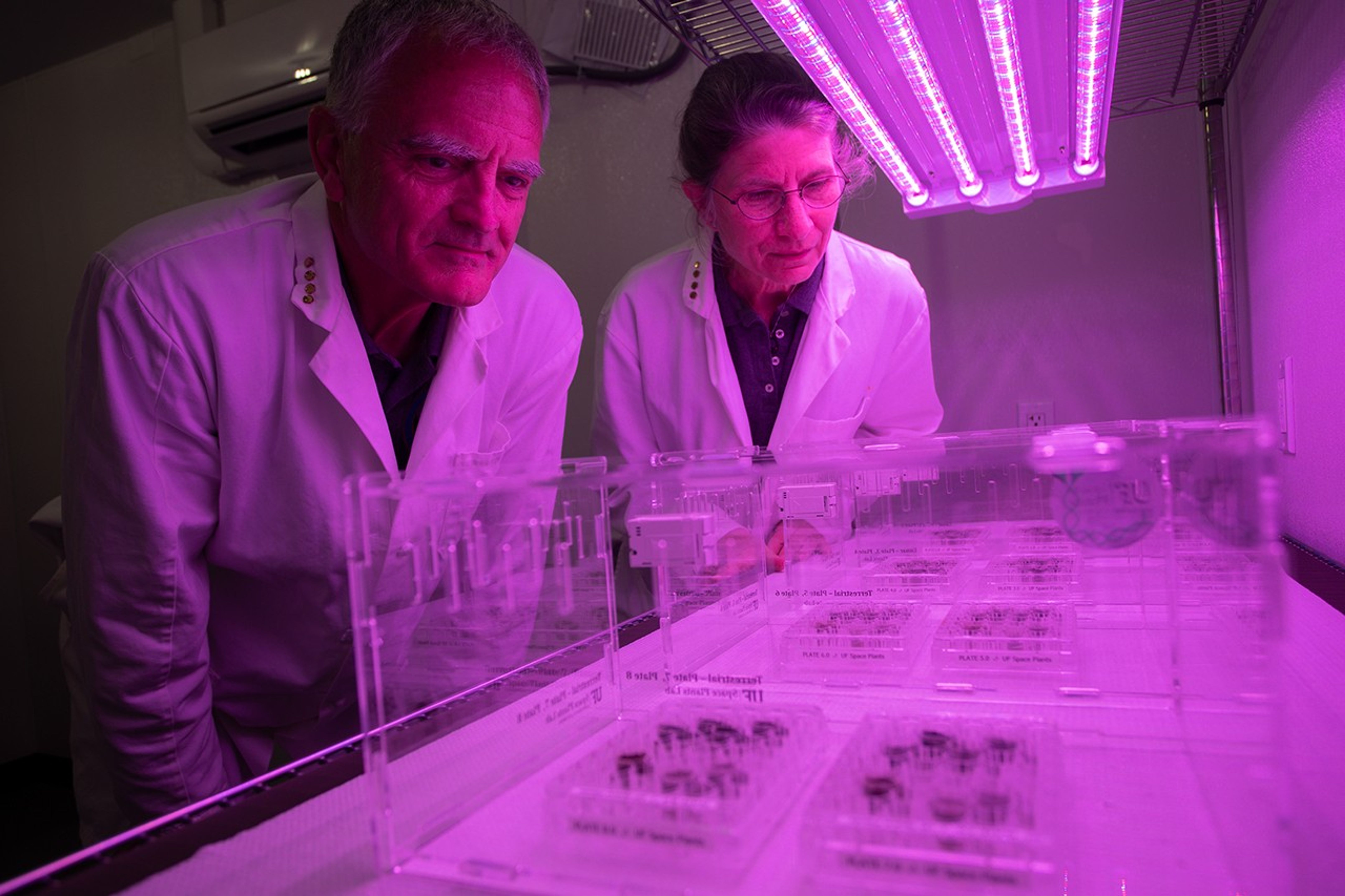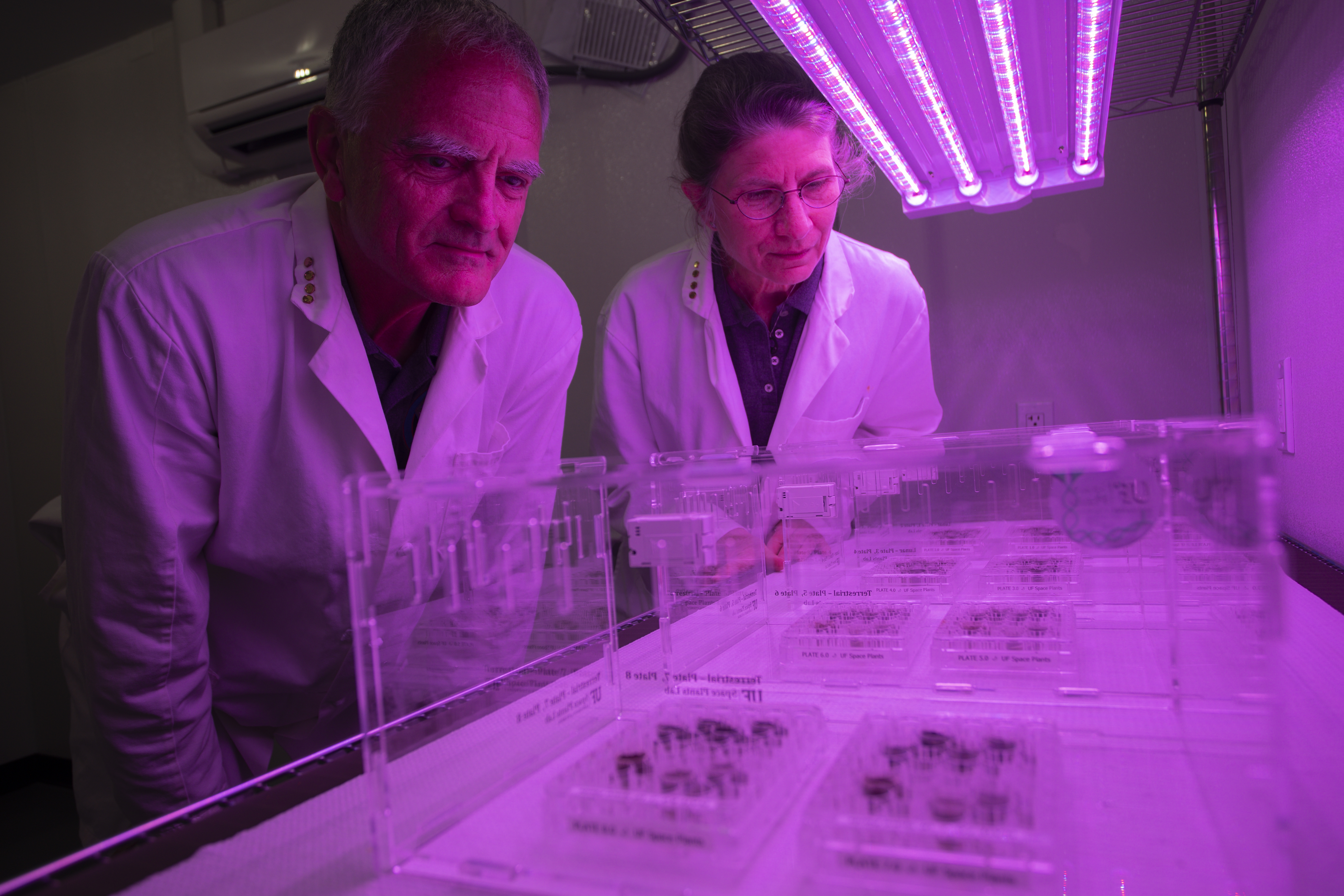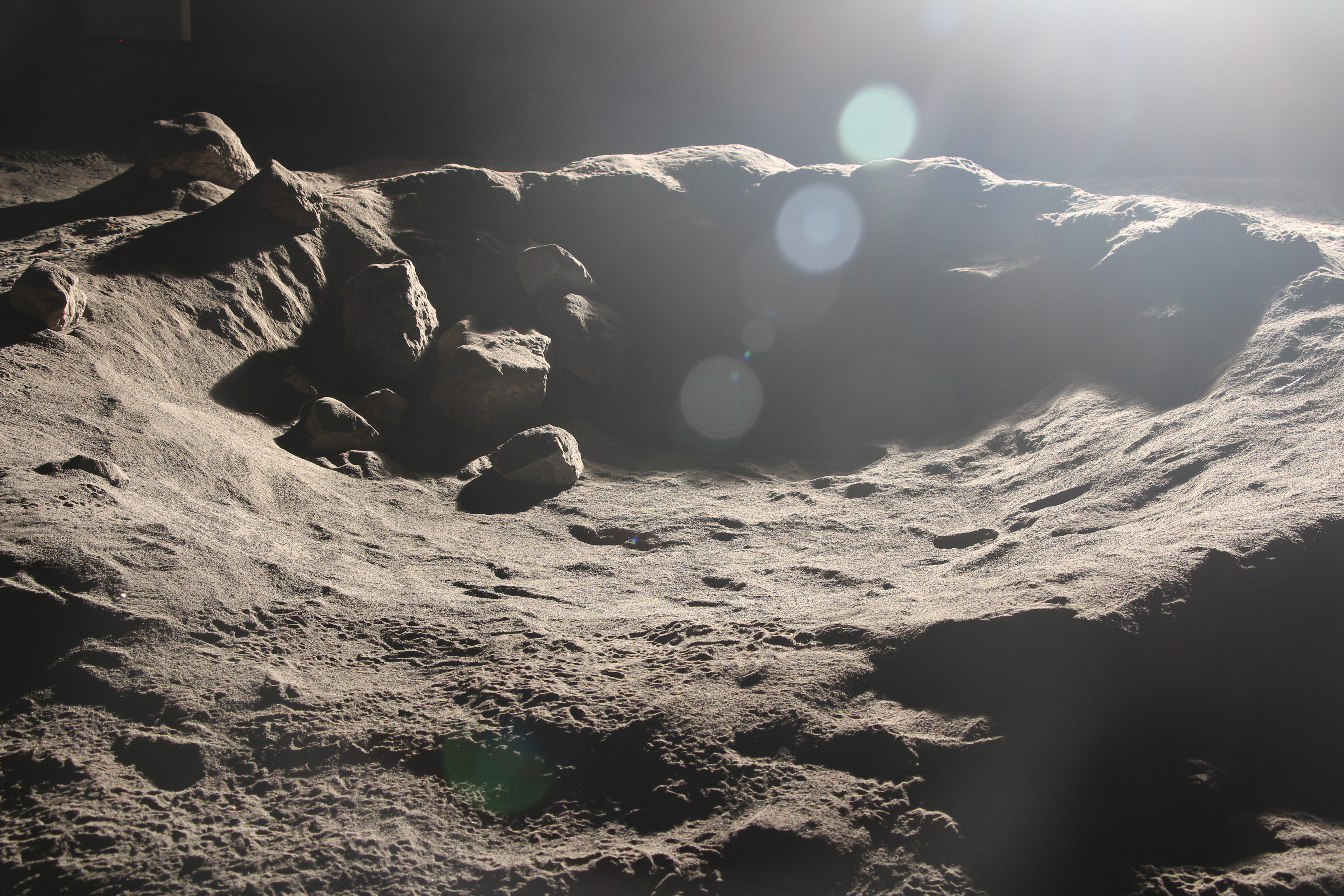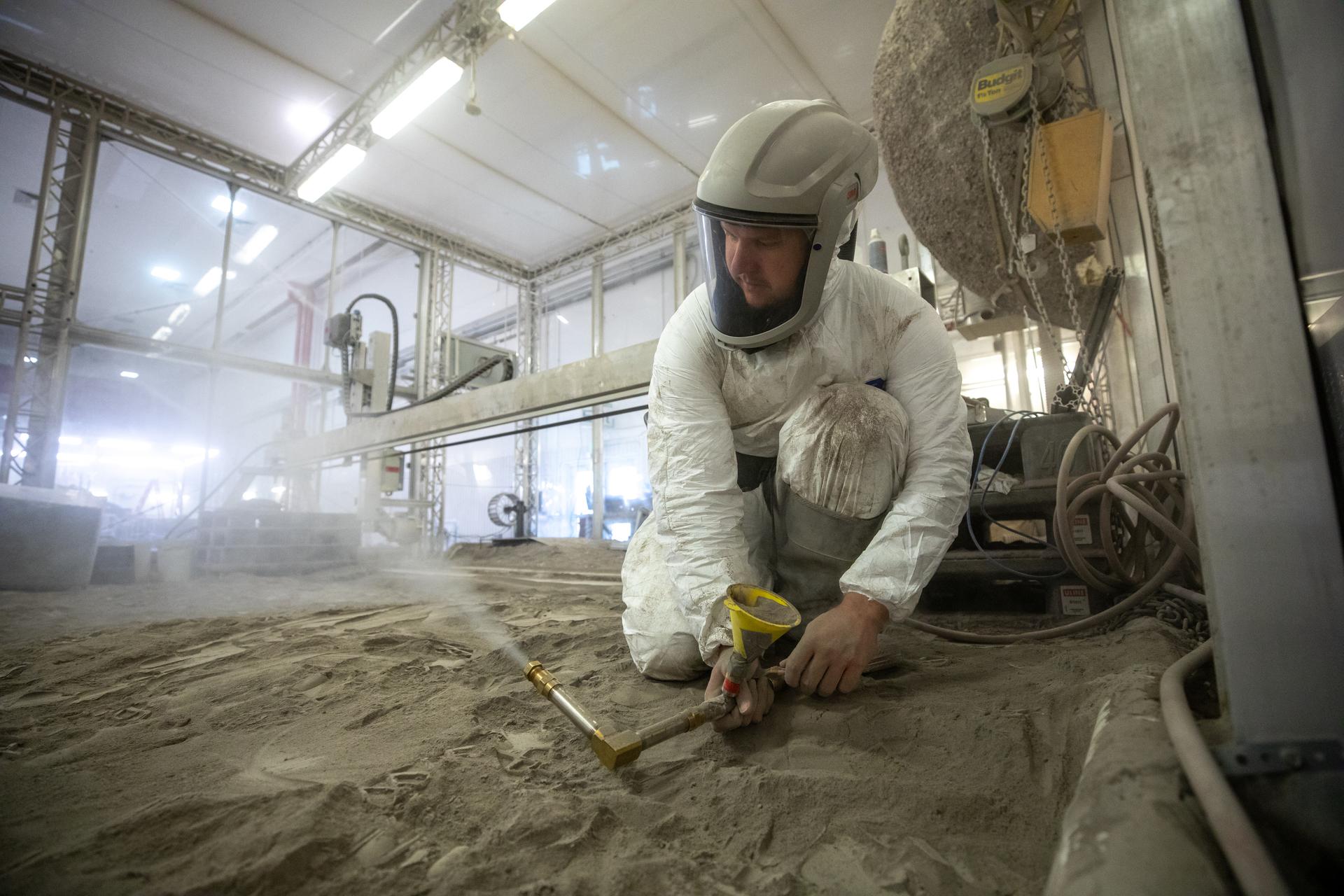Leveraging Lunar Regolith to Further Space Exploration
On Earth, if you go outside and touch the ground and dig, you can expect to hit dirt or sand. But on the Moon, you would encounter something a bit different: lunar regolith. The tiny particles that make up Moon dust may be a challenge for astronauts to deal with, but they can also be an incredible resource.
Lunar Regolith vs. Earth Soil
Our home planet’s soil is largely made from organic matter. Items like decaying plant leaves break down through chemical and biological processes to create it. Wind and water then interact with soil to wear it down and create softer particles.
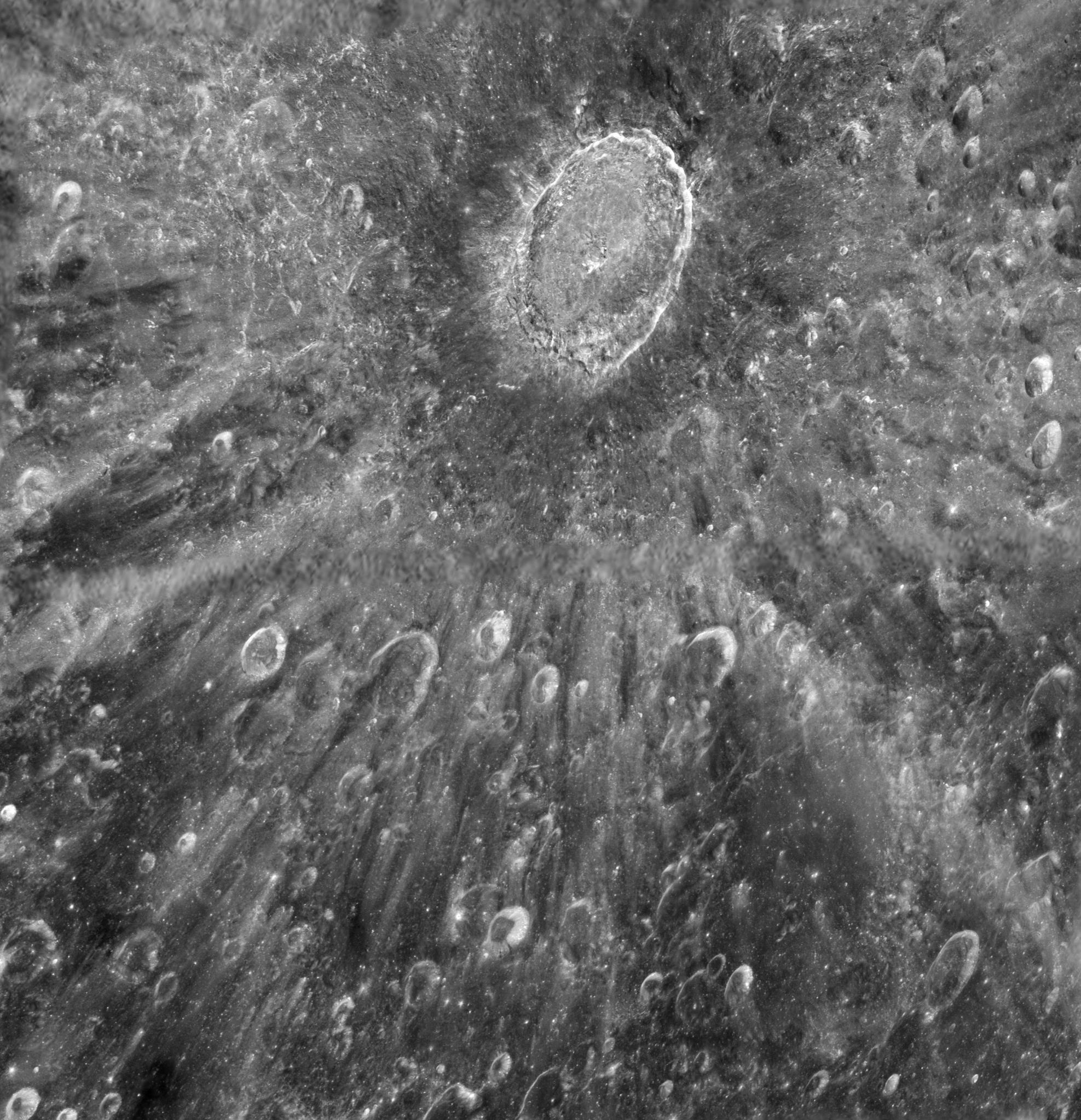
On the Moon, the process of making regolith is physical. Earth’s atmosphere provides a protective layer from many potential space threats. In contrast, the Moon’s extremely thin atmosphere does not provide the same level of protection. As a result, the lunar surface is pummeled by space rocks and tiny particles charged by the Sun and other stars. Over billions of years, impacts have churned the lunar surface into a mix of fine dust and rock fragments, called regolith.
Although the term “lunar soil” is sometimes used to describe these particles too, some researchers prefer not to use the phrase since the material does not contain any organic matter.
No Wind or Flowing Water
Lunar regolith covers virtually the entire surface of the Moon. Without blowing winds and flowing rivers to gently erode the lunar regolith, the dust particles maintain sharp, razor-like edges.
This is also why until another impact erases them, one can still see the Apollo astronauts' boot prints on the lunar surface.
Using Lunar Regolith on the Moon
When astronauts travel to the Moon, regolith will be one of the most prevalent resources for them to use. Because of this, researchers are testing how they can best use regolith for everything from building structures to growing crops, and how substances like oxygen can be extracted from it and used for things like propulsion.
NASA researchers are even creating simulated lunar regolith in the Simulant Development Lab to allow for more studies of the substance without having to use the small amount of regolith returned from the Moon.
Construction
Commercial companies are aiming to develop systems that can turn regolith into a lunar building material. One study launched to the International Space Station tested out 3D printing with materials that simulated the properties of lunar regolith in microgravity. Additionally, NASA awarded a contract to develop construction technologies that could help build infrastructure such as landing pads, habitats, and roads on the lunar surface.
Agriculture
Lunar regolith is not any farmer’s first choice for growing crops. But in 2022, scientists grew plants in regolith brought back to Earth by Apollo astronauts. The plants did not grow as well as plants in Earth soil, so more research is needed before regolith can be used to grow crops on the Moon. In 2023, NASA funded additional research into the effects of lunar regolith simulant on plant growth and whether microbes found in harsh Earth environments can improve crop growth in regolith.
Water
Regolith can also contain resources worth mining. One of the most important is water. Scientists believe that lunar regolith contains water molecules and lunar polar regions contain ice deposits, both of which could be mined and processed to produce oxygen or even propellant for future missions.
While scientists are just scratching the surface with regolith experiments, there is great potential to make use of this abundant lunar resource. By understanding lunar regolith’s behavior, scientists can advance areas like space construction and agriculture, eventually enabling astronauts to stay longer and go further in space.
Related Articles
Explore these related articles for more in-depth insights on lunar regolith.
NASA’s Biological and Physical Sciences Division pioneers scientific discovery and enables exploration by using space environments to conduct investigations not possible on Earth. Studying biological and physical phenomenon under extreme conditions allows researchers to advance the fundamental scientific knowledge required to go farther and stay longer in space, while also benefitting life on Earth.


